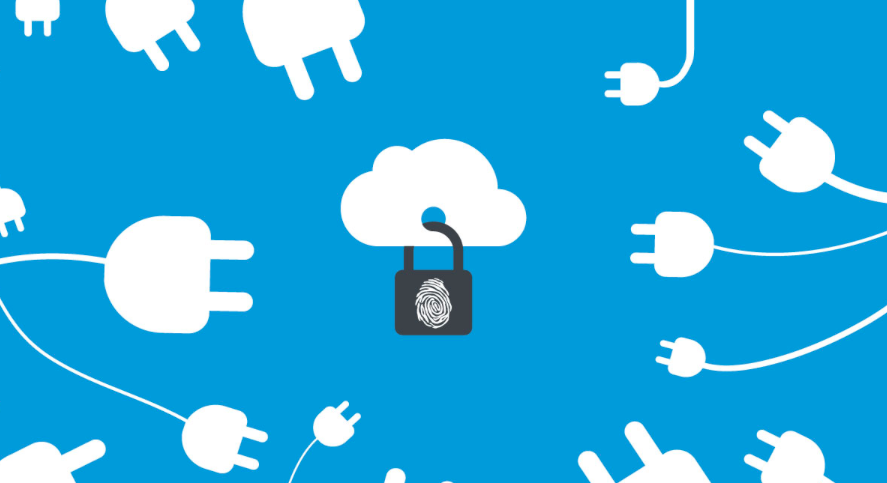What are the top 5 cloud security best practices?
Here’s a staggering fact: Each year, cybercrime rakes in more profits for criminals than the illegal drug trade and is predicted to cost the world $6 trillion by 2021. Given this, it shouldn’t be a surprise that cybersecurity attacks are becoming more common and more sophisticated (often targeting the financial assets of a business). So, we decided to sit down with an expert in the field, Michael Argast, CEO and Co-Founder of Kobalt Security Inc. Based on our discussion, we picked our top 5 cloud security best practices.
Read on or watch the full video of our discussion on-demand here.
Best Practice #1: Design security for how you are adopting the cloud (IaaS vs PaaS)
If you’re moving to the cloud, the security questions you need to ask yourself will differ based on how you are adopting the cloud. A common mistake is assuming security is the same from one provider to another. For example, if you are using IaaS and moving workloads from a secure data center that provides a lot of security layers to a bare-bones MS or AWS environment where the security isn’t built-in. In the case of IaaS, the Cloud provider is responsible for the hardware and you are responsible for the rest, which includes building in the security layers. For PaaS, your responsibility is limited because you are only responsible for the code and there is more security built into the PaaS environment. It is important to look at your security architecture upfront. This allows you to see who (Cloud provider, your organization, third party) is responsible for what and map in controls for the gaps.
Best Practice #2: Migrate to the cloud quickly to avoid hybrid environments
Hybrid environments can make security more complex. Most organizations don’t have enough resources and expertise for both data centers and the cloud which can leave you at risk. If you are migrating to the cloud, you should do this as fast as possible and/or leave as little behind in the data center as possible. The longer you are in a hybrid environment, the longer you will have a skills gap.
Best Practice #3: Use Microservices to address multiple entry points
Today’s applications need to talk to several other applications and are connected with multiple APIs. APIs create multiple entry points for attackers. Over the last few years, there has been a shift from a traditional monolithic architecture to microservices and serverless infrastructure. The benefit of using microservices is that it is decoupled from the rest of the system; which defines a smaller surface area of attack. Security can now happen on the API layer and not the network boundary layer.
Read more about securing modern APIs and microservices in this blog from Kobalt Security.
Best Practice #4: Use Proactive Security Methods
While your response to attacks is vital, getting ahead of attackers and taking proactive steps can help minimize vulnerabilities. Some easy proactive security methods are:
- implementing multi-factor authentication,
- providing awareness training to educate your staff,
- using security monitoring to help identify intrusions, and
- using penetration testing on your applications.
Best Practice #5: Focus on risks with the greatest impact and highest probability of attack
Security is a balancing act. You want to secure as much as you can but you don’t want to sacrifice your ability to be agile. Use a risk register to analyze the impact and the probability of breaches and attacks on your business. Knowing what will have a critical impact on your business is a good place to start. Taking a security program gap assessment can also help. It shows where you are strong and where you are weak; based on the risks your organization is most likely to face (e.g. data breach, ransomware). That way you know where you should be investing or if you are over-investing in a certain area.
Contact us to learn more about securing your cloud environment.

